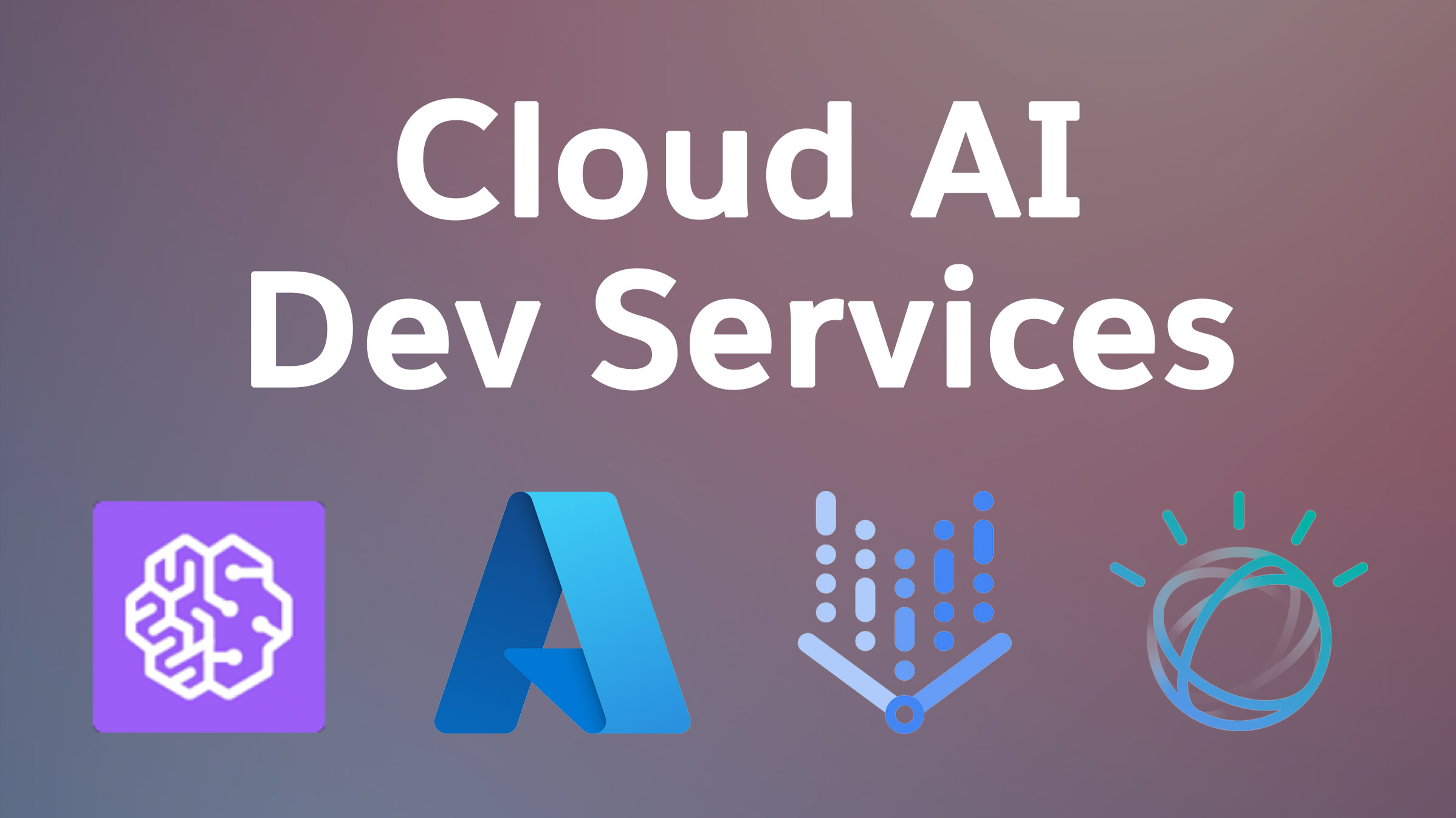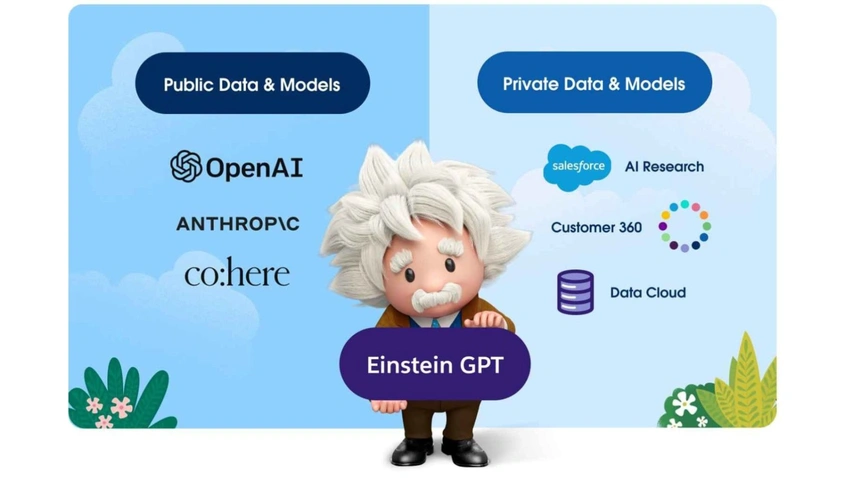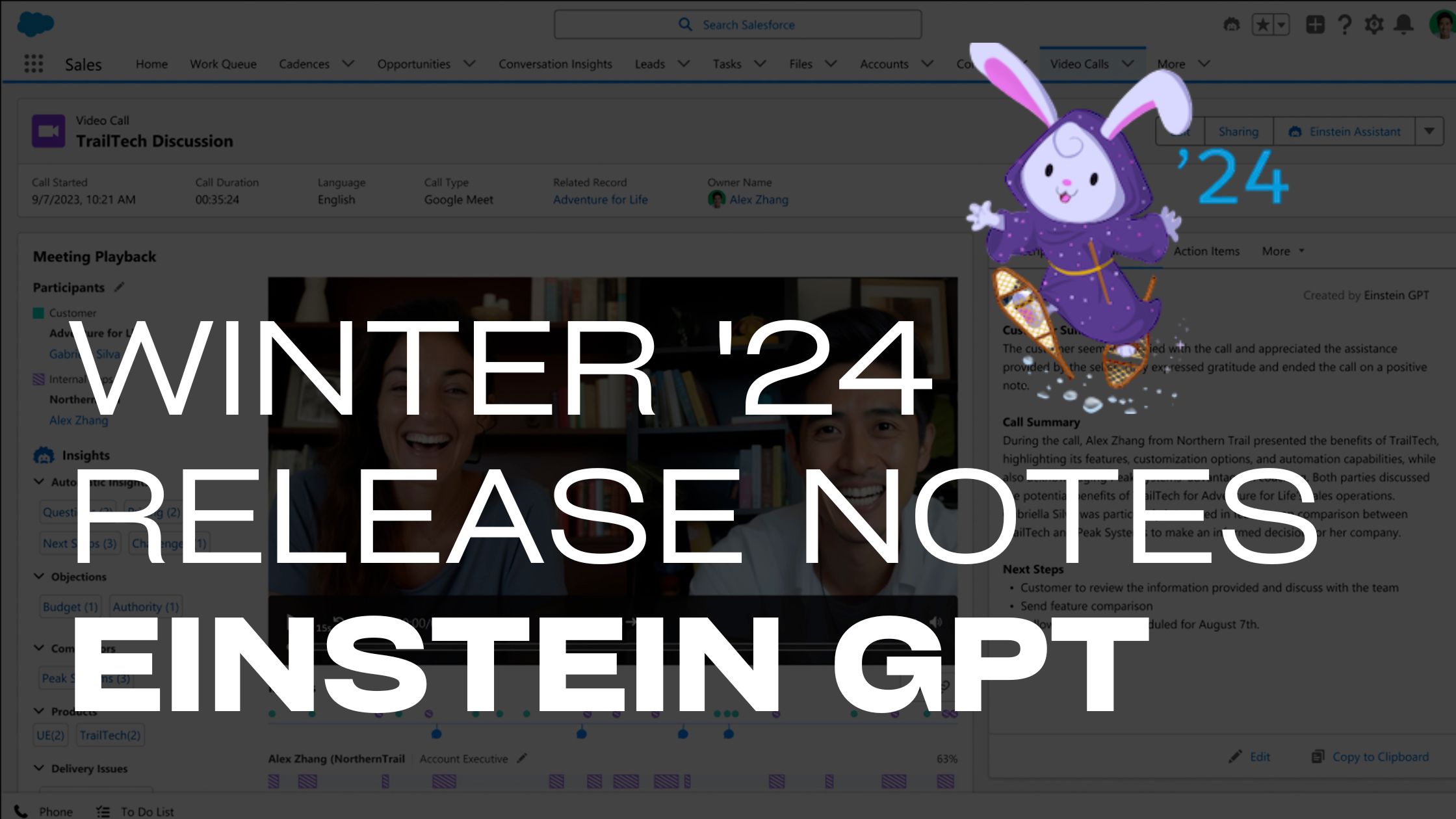
Gartner’s insights reveal an astonishing 1,300% year-over-year upsurge in inquiries related to generative AI. Projections paint an optimistic picture, forecasting the AI software market to soar to $134.8 billion in revenue by 2025, expanding at a remarkable annual rate of 29.2%, far outpacing the broader software market.
Yet, amid this excitement, fully embracing emerging AI technologies, especially responsible AI, remains challenging. A significant barrier is the lack of skills within software engineering teams, which proves to be an even bigger hurdle than funding or resistance.
To address these skill gaps, Cloud AI Developer Services (CAIDS) step in as valuable solutions. These CAIDS providers are leading the way by offering functionalities such as automated data preparation, ethical concern monitoring, and the creation of custom models through automated ML building. This encompasses various domains including autoML, vision, and text services, assisting software engineering teams to overcome challenges and tap into the potential of AI technologies.
2023 CAIDS Leaders
In the dynamic realm of Cloud AI, several standout tools have taken the forefront, offering a range of exceptional services that encompass vision, autoML, language, and more, effectively streamlining the AI and ML lifecycle. Amazon Web Services (AWS) SageMaker, Microsoft Azure AI (which collaborates with key players like OpenAI and Hugging Face), Google Vertex AI, and IBM Watson AI collectively represent the forefront of Cloud AI development, each contributing significantly to the advancement of artificial intelligence technologies.
Let’s review what kind of services & capabilities are available for developers today.
AutoML Services
AutoML services empower developers to create customized ML models without the need for extensive ML or data science expertise. These services encompass a spectrum of capabilities that allow for the customization of vendor-provided ML services and the creation of purpose-specific ML models:
- Automated Data Preparation: Ensures datasets are primed for model training through data cleansing, augmentation, and data visualization from raw data sources.
- Feature Engineering: Automates data evaluation, adding metadata to submitted datasets. It employs crowdsourcing capabilities or ML models to detect, classify, and generate new features.
- Automated Model Building: Involves the provision of datasets for model training, metadata tags for desired attributes, and variable identification for prediction. These services analyze data to recommend suitable algorithms for model building and optimization, including hyperparameter tuning and algorithm blending for enhanced performance.
- Model Management/Operationalization: Offers automated ML pipeline creation, deployment, monitoring, and management for production. It includes infrastructure provisioning, API generation, and model performance monitoring, alongside automated retraining and model replacement.
- Responsible AI: Analyzes datasets for bias, explainability, and interpretability, covering automated bias detection/compensation, model explanation, and understandable output explanations.
These services collectively underscore the democratization of AI, enabling broader utilization across diverse industries and skill levels.
Language Services
Language services empower AI systems to comprehend and interact with human language effectively. These services include:
- Natural Language Processing/Understanding: This service employs functions like tokenization, POS tagging, stemming, and TF-IDF to facilitate text comprehension. Natural language understanding involves extracting metadata from text and comprehending user intent, often necessitating supplemental models for accurate interpretation.
- Speech to Text: A subset of computational linguistics, this service converts analog input into text output, aiding transcription or metadata extraction. Personal devices like computers and smartphones often feature built-in automated speech recognition (ASR) capabilities.
- Natural Language Generation: This service generates natural language text from machine representations, concepts, or logical forms, translating data into human-readable language.
- Text to Speech: Transforming textual input into analog output, this service generates speech from written content.
- Translation: A complex task involving converting text from one language to another while preserving distinct language structures.
- Sentiment Analysis: Analyzing language to ascertain positive, negative, or neutral sentiment, often supplemented by tone analysis for comprehensive understanding.
- Text Analytics: Extracting concepts, topics, and keyword attributes from unstructured text and adding them as metadata.
Vision Services
Vision services equip AI systems to understand visual content, enabling them to identify objects, people, and attributes within images and videos. These services include:
- Image Recognition/Labeling: Identifying objects or people within images, and sometimes detecting attributes like colors or patterns. This service aids in tagging, classification, and metadata addition to images.
- Video AI: This service combines image recognition and ASR to identify objects, people, and audio transcriptions within videos. Some services also track people’s movements across multiple frames.
- ML-Enabled Optical Character Recognition (OCR): Converting typed, handwritten, or printed text within images or videos into machine-encoded text. It also involves classifying information based on content.
- Image Generation: Creating images either similar to given sets or based on textual prompts, often used for generating synthetic data.



